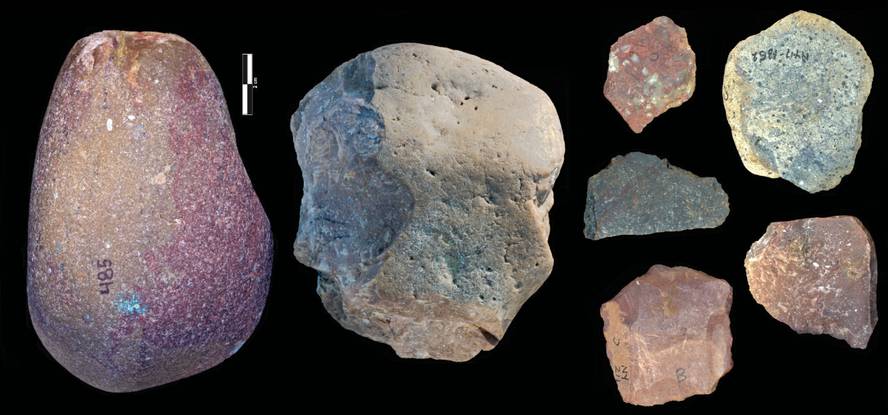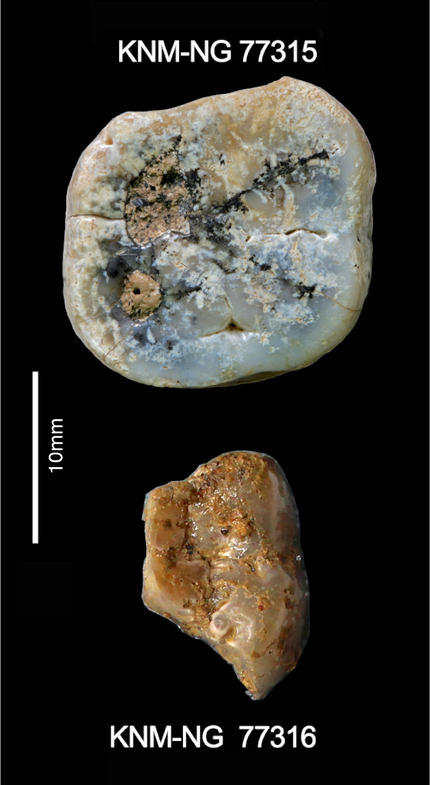Olduvai's technology was more widespread than expected.

Recent discoveries in Nyayanga (Kenya) suggest that the Olduvai technology was earlier than expected and was more widespread than expected. They find that stone utensils were used to process food. And they've also found evidence of hominids of the genus Paranthropus, and they've suggested they might have been used by them. This finding has been highlighted in Science.

So far, the oldest instruments of the Olduvai, some 2.6 million years ago, were those found in the Ethiopian Afar Triangle. They're very elementary, but they have sharp edges and intentionally worked. They are the first technology of geographic and temporal extension. And although it has often been assigned to the genus Homo, archaeologists also believe that the authors could be other hominins. The scarcity of early vestiges causes there to be many gaps in knowledge of their appearance, use and distribution.
The tools found in Nyayanga are estimated at 3-2.6 million years. In addition to the instruments, they have found bones of large animals with brands made with them, like the hippos. From the brands of device use it can be deduced that they were also used to process food from plants. These indications of using stone tools for food processing date back to 600,000 years before those known elsewhere in the Olduvai.
On the other hand, they have found no remains of Homos in Nyayanga, but two teeth of Paranthropus, one of them very attached to the instruments. Thus, researchers suggest that the Olduvai technology was more widespread than expected, used to process various foods, and that its creation could be related to the genus Paranthropus. In any case, they recognize that, since in other places of the same time there have also been traces of the genus Homo, it is not possible to assign this technology to a single genus.





